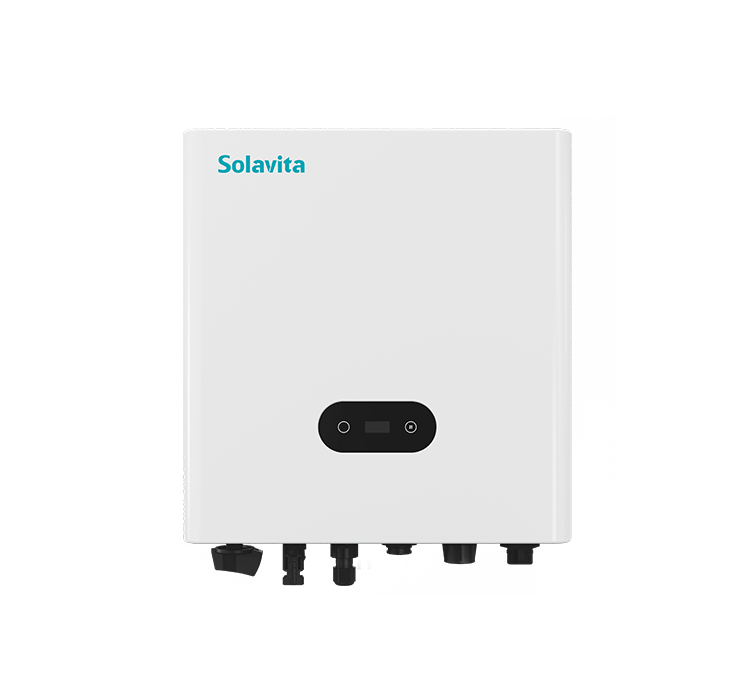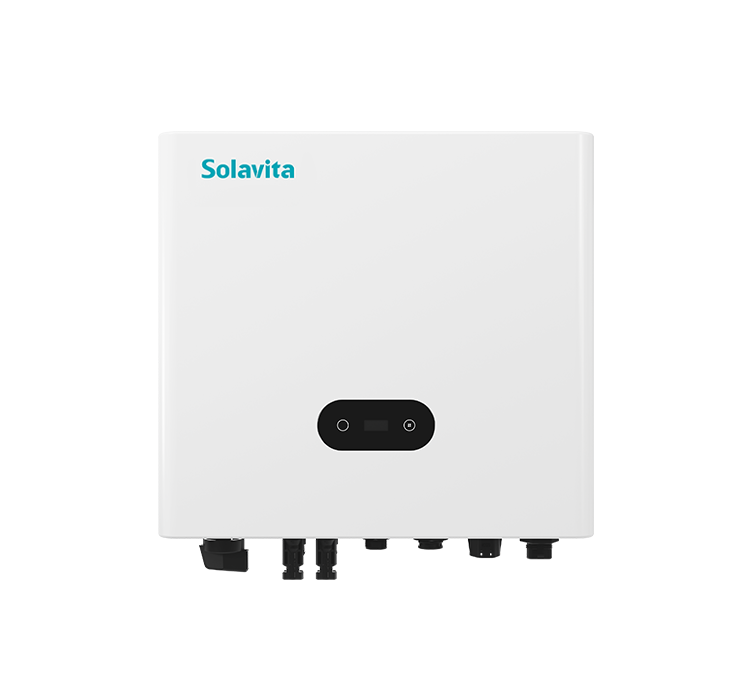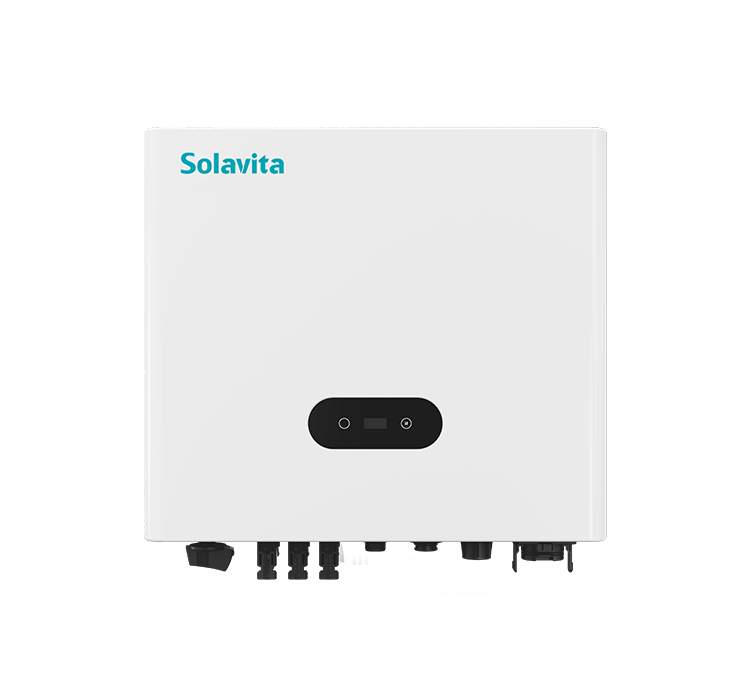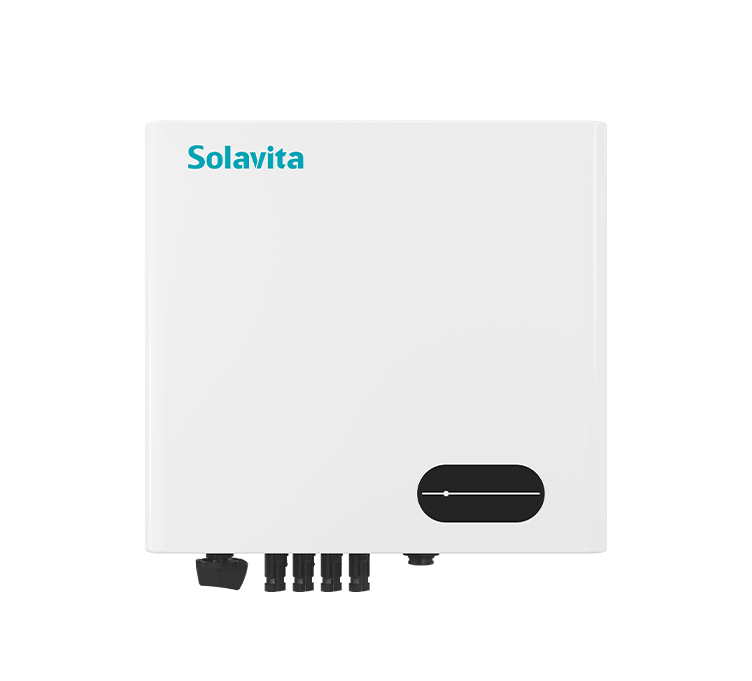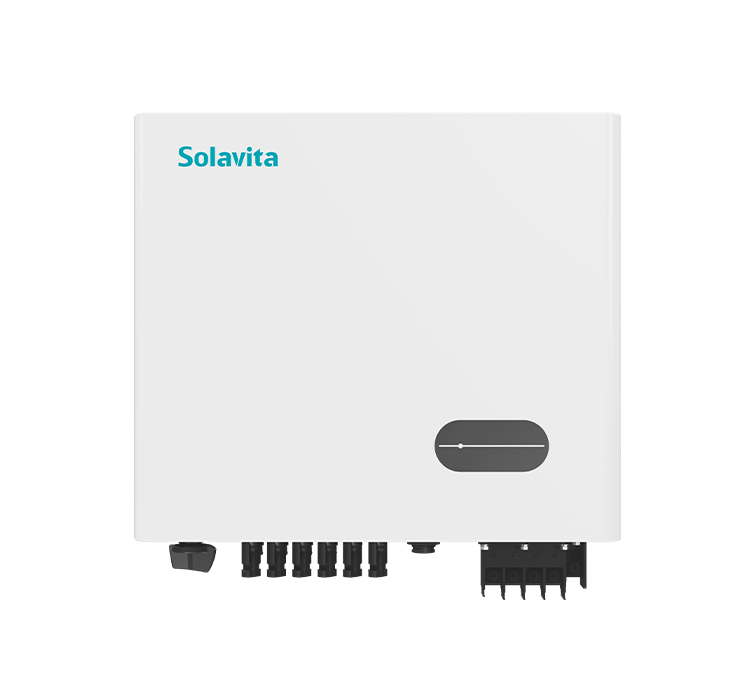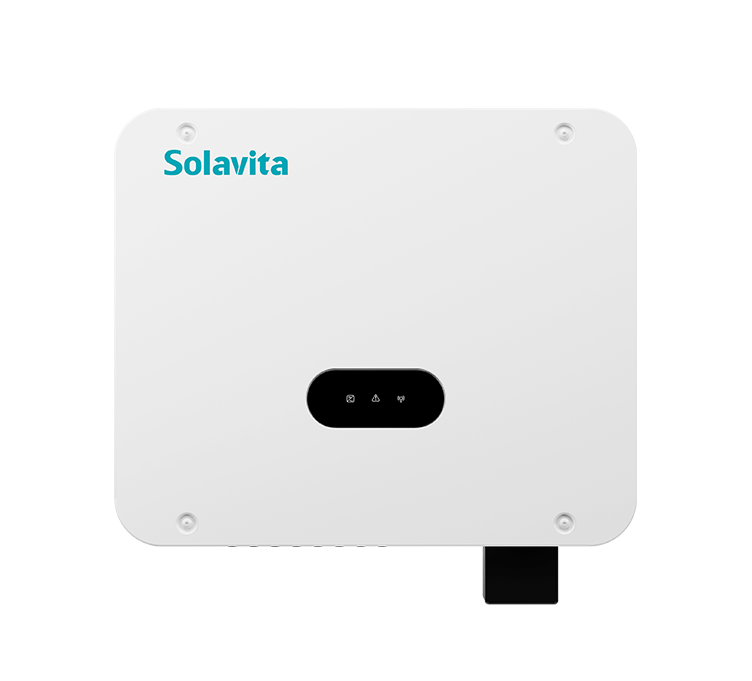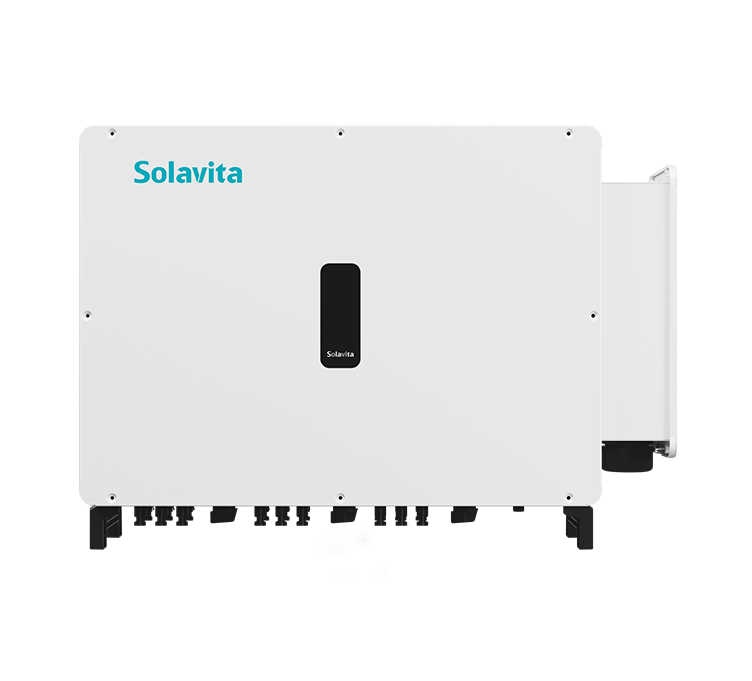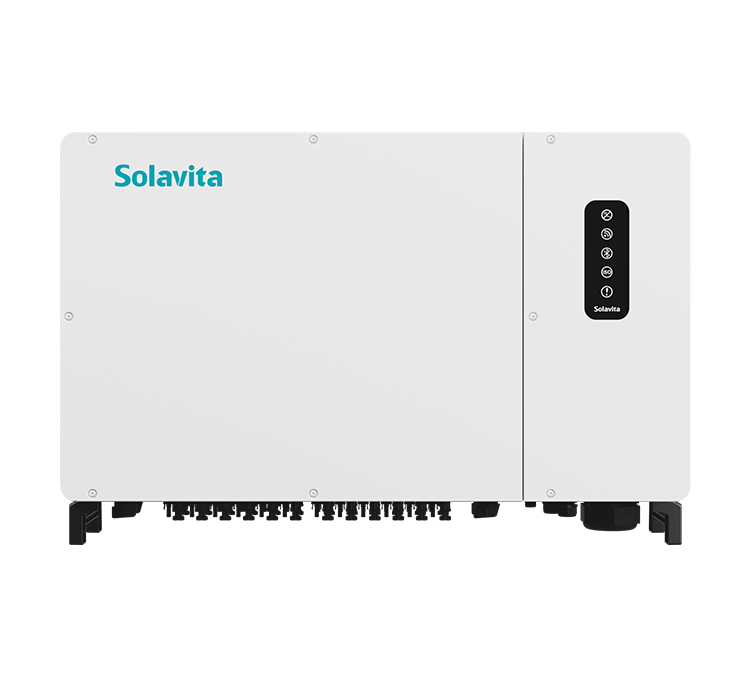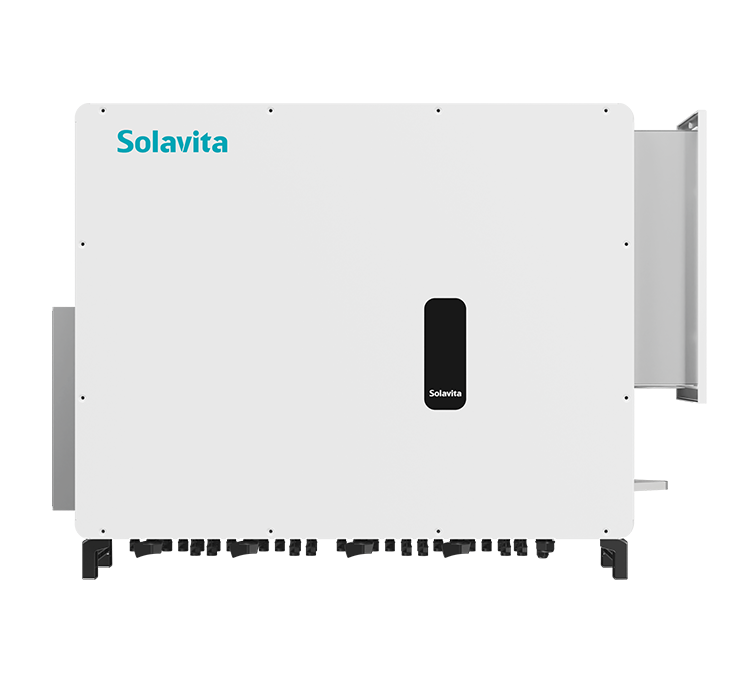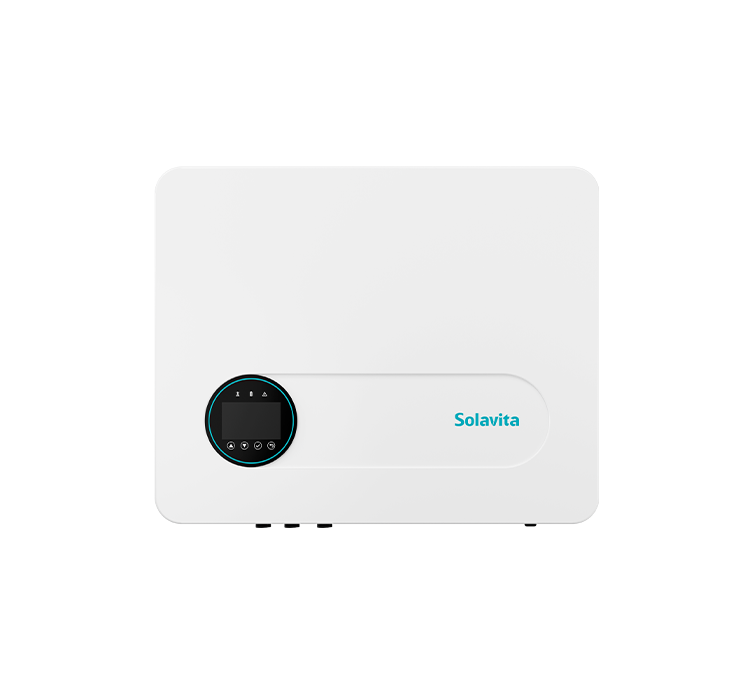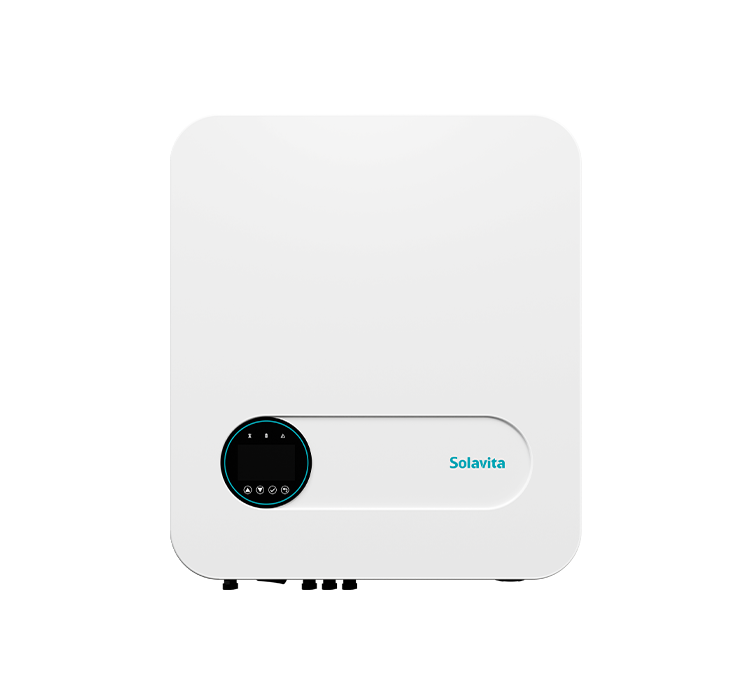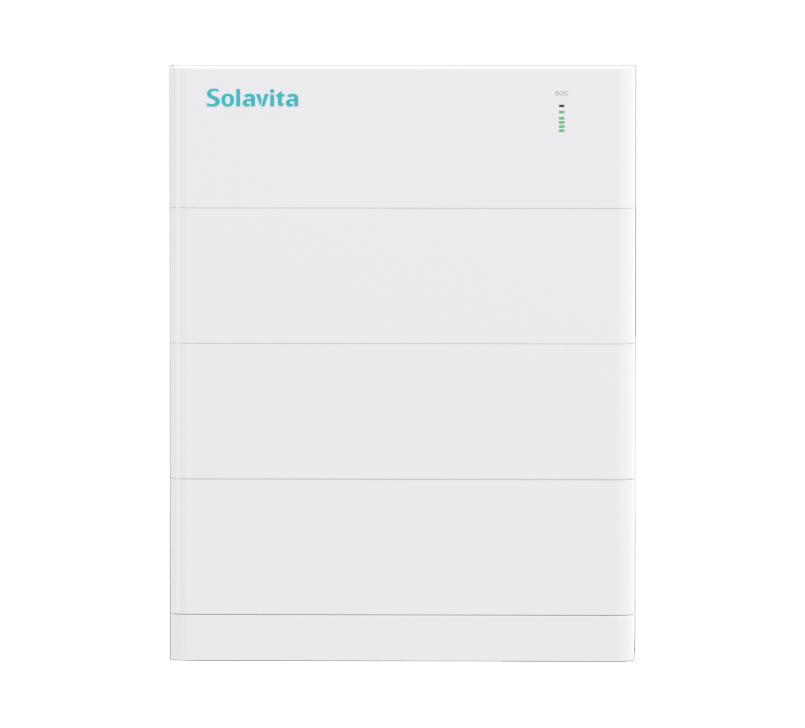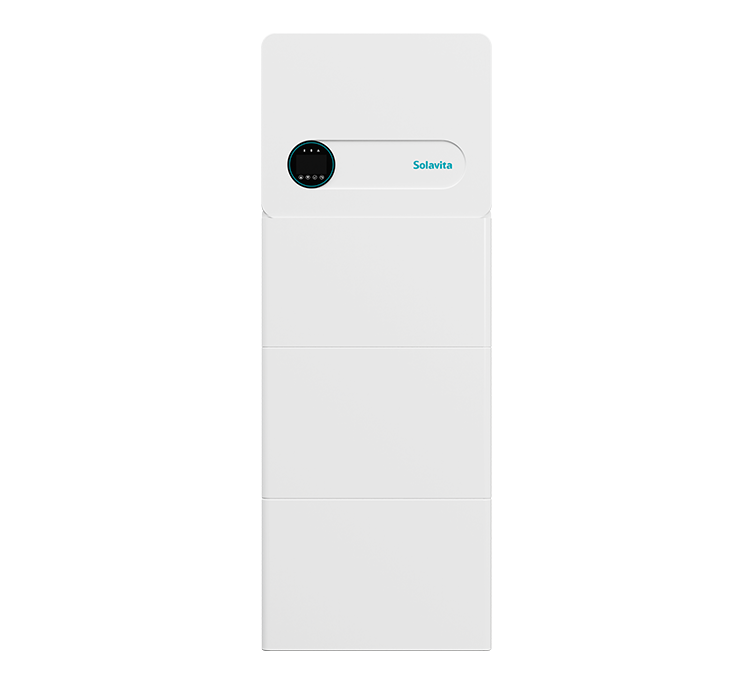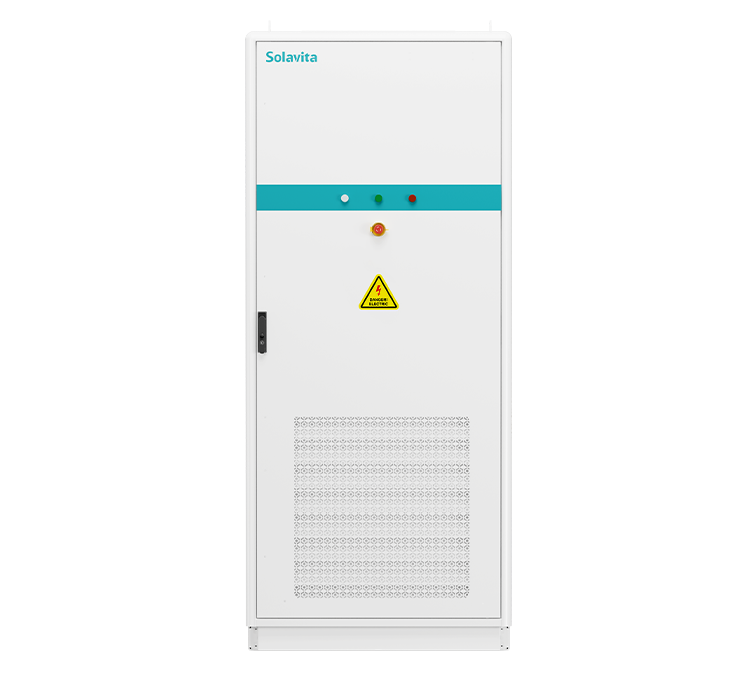The Birth of the Solavita Inverter
Jun 05, 2024
In May 2024, the second phase of Solavita factory officially commenced operations. This modern facility, spanning over 13,000 square meters, which integrates automated production systems and an information management system, stands as a new benchmark in the intelligent manufacturing of inverters.
Solavita leverages a scientific SOP management system and top-tier equipment to precisely control intelligent manufacturing, ensuring that product quality and performance are both top-notch. Let's delve into two core production processes to explore the high-tech innovations that create premium quality products.
PCBA Processing
In the manufacturing of core PCBA components, Solavita has achieved full automation of the production process, integrating cutting-edge manufacturing technologies at each step to enhance overall production levels.
SMT Placement
1.1 Solder Paste Printing
How are precision electronic components accurately positioned on a PCB board? This step employs a high-precision fully automatic visual printing machine to ensure accurate placement.

1.2 SPI Solder Paste Inspection
Using 3D all-round inspection technology to generate SPC analysis reports, this process effectively identifies defects such as solder paste displacement, omission, and bridging, ensuring printing quality.
1.3 Full Automatic Placement
Advanced placement machines precisely position SMD components on the PCB, with built-in error-proof mechanisms to enhance operational accuracy.
1.4 Pre-Reflow AOI
This step detects and corrects issues like missing components, positional deviations, polarity errors, and incorrect parts without the need for soldering iron intervention, ensuring precise assembly.
1.5 Reflow Soldering
This equipment, with 10 temperature-controlled heating zones and 4 cooling zones under nitrogen protection, melts the solder paste at high temperatures and cools it into an alloy, securing the components on the PCB.
1.6 Post-Reflow AOI
Using automatic optical multi-dimensional inspection technology, this step ensures precise soldering and component placement, achieving a low defect rate of 20 PPM, which boosts the current production line yield and lays a solid quality foundation for subsequent PCBA processes.
2. Plug-In Assembly and Conformal Coating
2.1 Plug-In Assembly
This process involves eight critical steps, designed for large-size and specially packaged components, each step being crucial.
2.2 Wave Soldering
This technique forms specific shapes of molten solder waves, allowing efficient and quick soldering of components onto the circuit board.
2.3 ICT Testing
Using top-tier imported equipment, this step performs automated defect and faulty component detection, precisely identifying issues to uphold quality standards.
2.4 FCT Testing
After assembling the PCBA board, this step focuses on evaluating the electrical performance of the inverter, ensuring stable, safe, and efficient operation in practical applications.
2.5 Conformal Coating
The conformal coating provides a 100um protective barrier with moisture, mold, and oxidation resistance, ensuring stable operation in extreme environments.
2.6 Dispensing
Automatic equipment precisely controls the dispensing amount, pressure, and distance, accurately placing silicone on designated PCBA positions, significantly enhancing assembly reliability and component protection.
The meticulous SMT process produces semi-finished PCBAs, which undergo stringent plug-in assembly and conformal coating procedures to become high-quality finished PCBAs. Solavita extensive adoption of industry-leading manufacturing equipment not only significantly boosts production efficiency but also endows PCBAs with superior quality and exceptional performance.
Product Testing
In the production of Solavita inverters, advanced process technologies are accompanied by a rigorous quality control system. From safety compliance tests ensuring product safety to simulated aging tests challenging the limits, each stringent inspection guarantees exceptional quality.
1. Safety Compliance Testing
Upon inverter assembly, this step involves insulation resistance, grounding resistance, and high-voltage tests to ensure the machine's safety and reliability in actual applications.
2. Airtightness Testing
This stage tests the inverter's sealing performance, ensuring it remains well-sealed under harsh conditions, living up to the IP66 rating.
3. ATE Testing
Using highly automated equipment, this step verifies functions like THDi, DCI, and MPPT (Maximum Power Point Tracking) of the inverter. The precise testing procedures ensure product quality and performance.
4. Aging Testing
Subjecting the inverter to extreme conditions such as high temperatures (45±5℃), full power, and prolonged operation, this test filters out defective products to ensure flawless delivery.
5. Final Testing
After clearing internal test data, this step involves grid connection and full power operation again to confirm stable performan
Moreover, Solavita has deployed an advanced digital manufacturing management platform, comprehensively covering "production planning, logistics scheduling, real-time production monitoring, and product tracking," achieving digital control and optimization of manufacturing processes.
Solavita, with the scientific management system and advanced equipment, ensures the quality and performance of all products. In the future, the company will continue to advance intelligent manufacturing, focusing on innovative technology and high-end product development, steadfastly fulfilling its commitment to transitioning from smart home appliances to a leading player in the dual-carbon industry, empowering "Made in China" with robust capabilities.
Latest News
-

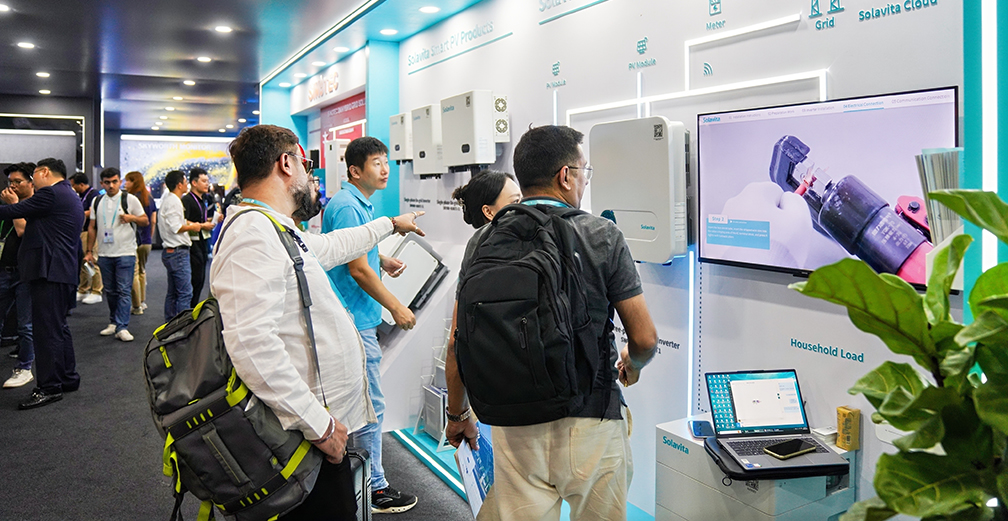 Oct 23, 2024Exploring Solavita's Innovative Energy Solutions at 136th Canton FairLearn More
Oct 23, 2024Exploring Solavita's Innovative Energy Solutions at 136th Canton FairLearn More -

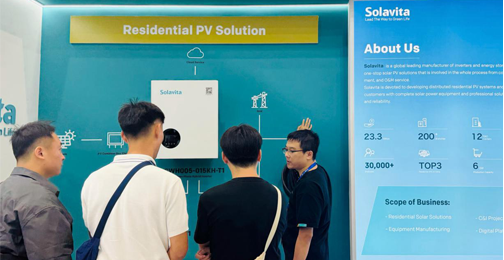 Sep 12, 2024From Berlin to Shenzhen: Solavita Leads the Global Residential Energy Storage TrendLearn More
Sep 12, 2024From Berlin to Shenzhen: Solavita Leads the Global Residential Energy Storage TrendLearn More -

 Jul 24, 2024Unlocking the Secrets of Photovoltaics With SolavitaLearn More
Jul 24, 2024Unlocking the Secrets of Photovoltaics With SolavitaLearn More -

 Jul 04, 2024Solavita Energy Guardian: Escorting Worry-free Electricity Use in SummerLearn More
Jul 04, 2024Solavita Energy Guardian: Escorting Worry-free Electricity Use in SummerLearn More -

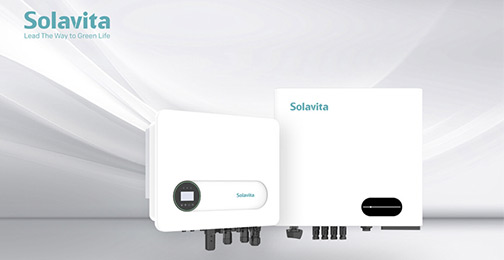 Jun 05, 2024The Birth of the Solavita InverterLearn More
Jun 05, 2024The Birth of the Solavita InverterLearn More -

 May 30, 2024Solavita's Spring 2024 Journey: Pioneering Green Energy InnovationLearn More
May 30, 2024Solavita's Spring 2024 Journey: Pioneering Green Energy InnovationLearn More
Newsletter
Stay Informed and Embrace Green Living













